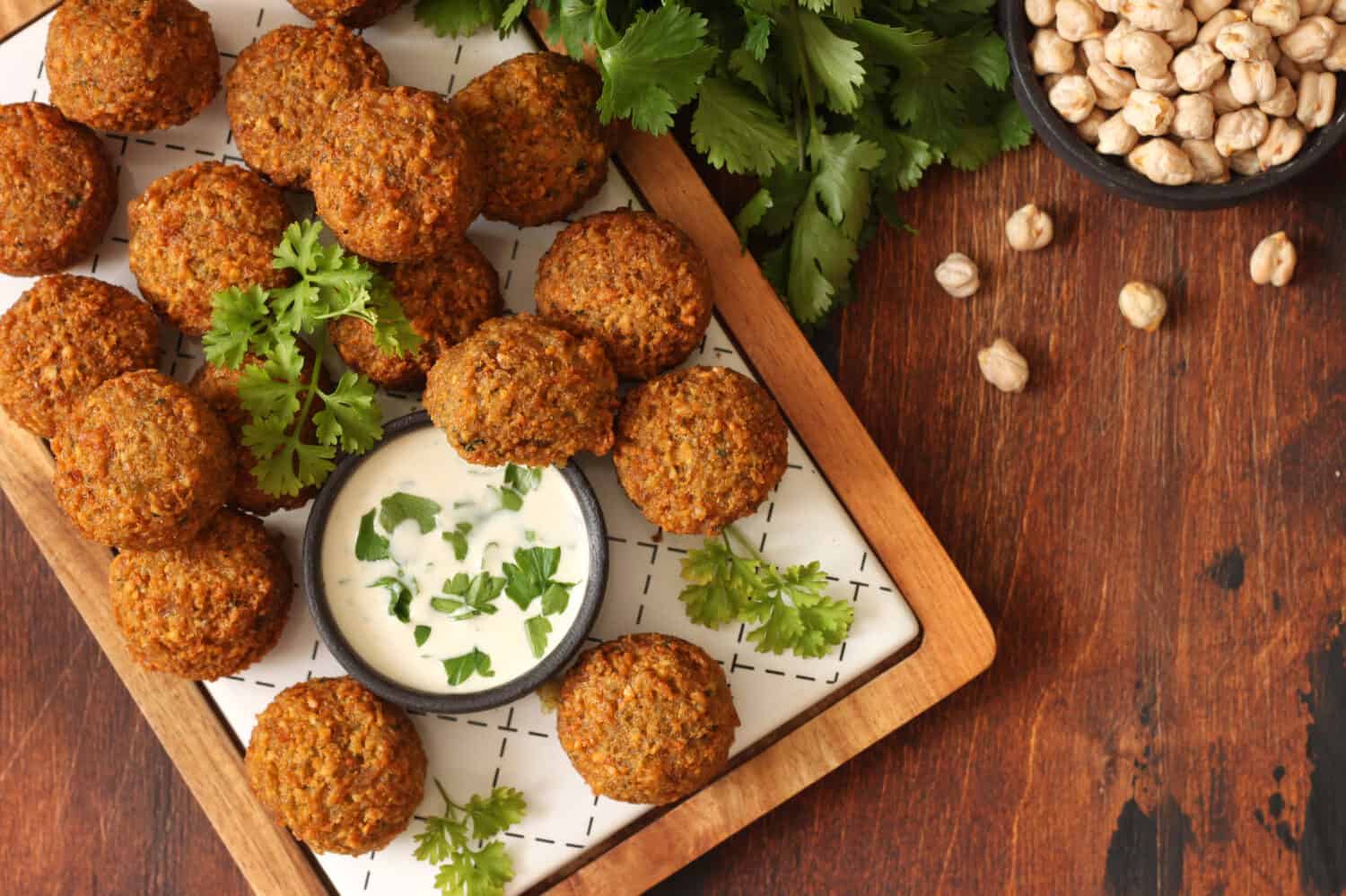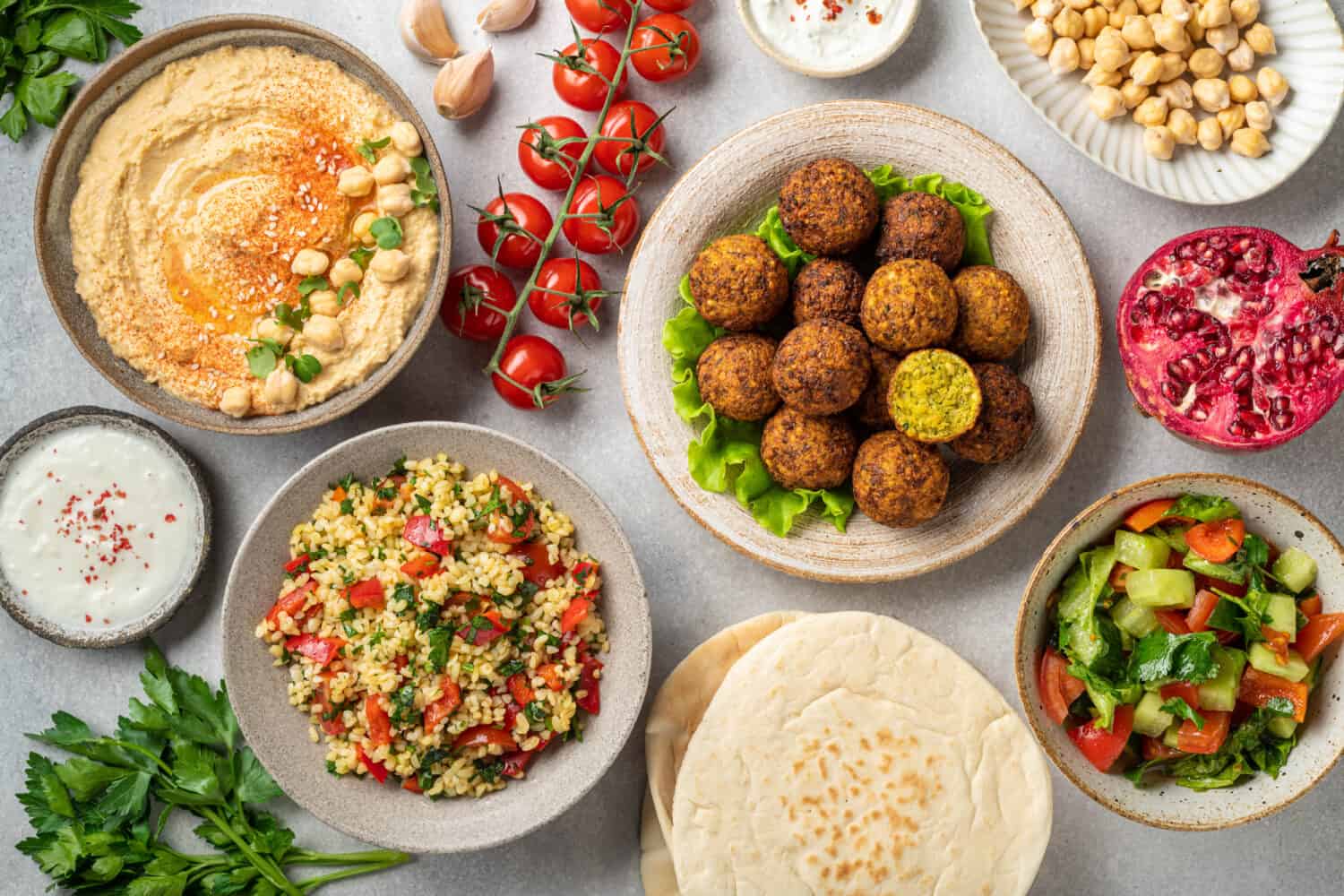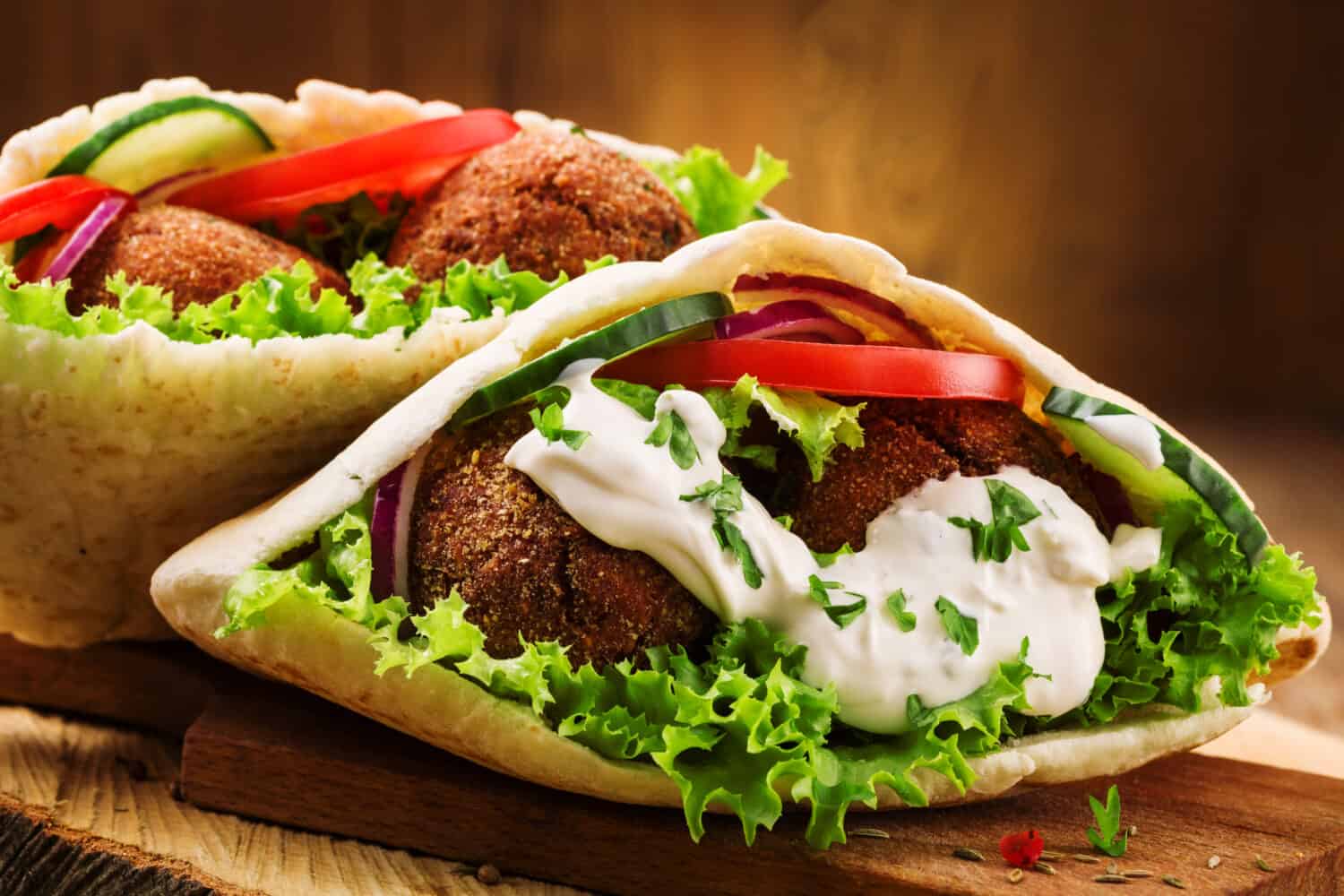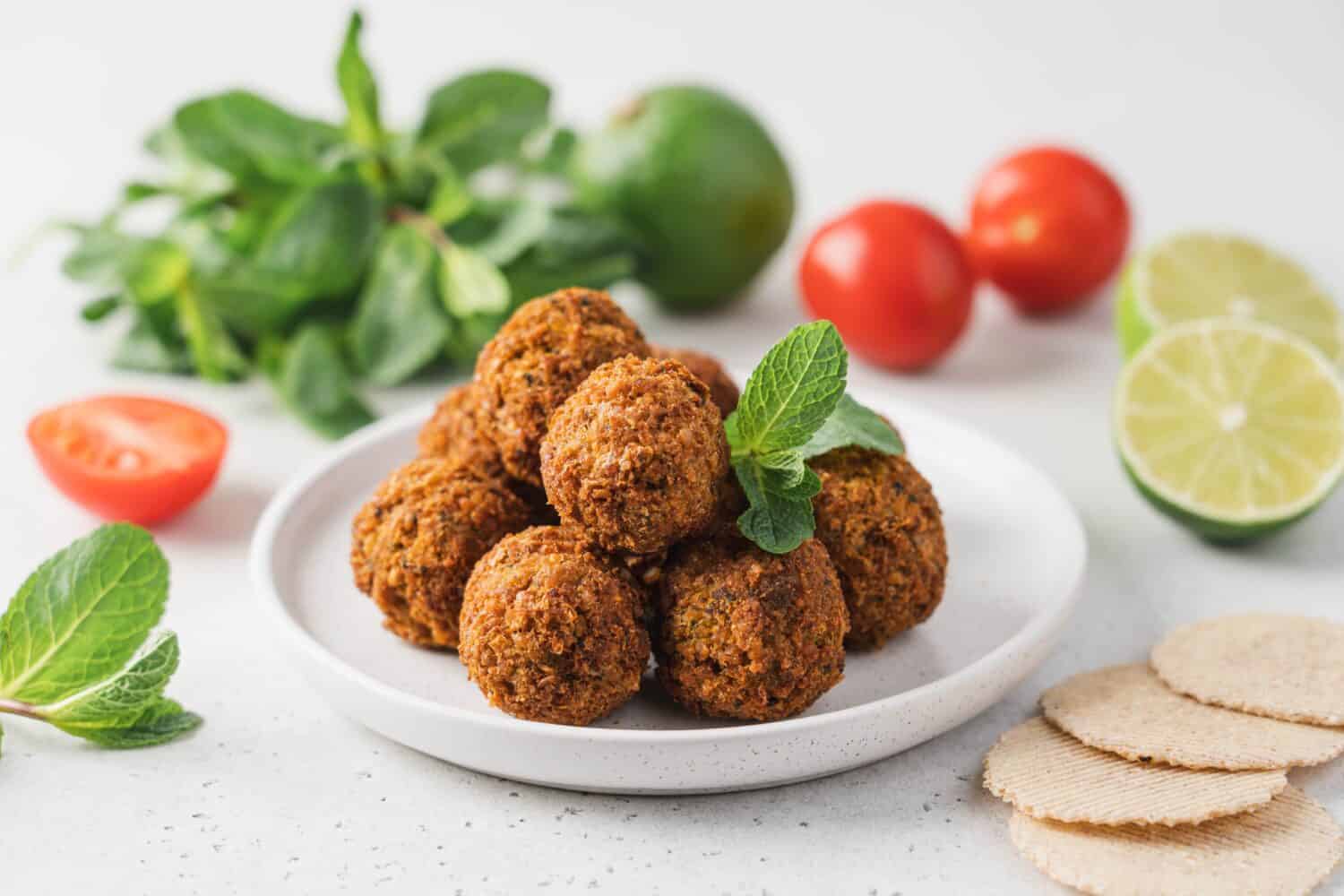You might be familiar with falafel as a staple on Mediterranean and Middle Eastern menus. And if you are, there's likely some indelible, wonderful taste memory surfacing right this very moment! Whether stuffed inside of a pita or accompanying a mezze platter with various other delicacies like tzatziki and tabouleh, falafel is a delicious plant-based source of protein and fiber. It is, after all, most often made from chickpeas (otherwise known as garbanzo beans), which happen to be a superfood! That means falafel also lends itself to being vegetarian- and vegan-friendly, and it's a fairly common street food due to its ease of consumption while walking around. But is it truly healthy? Contrary to popular belief, despite the fact that it's typically deep-fried, falafel can offer quite a few health benefits. Let's dig a little deeper to see what scientific research has to say about it!

Made from chickpeas or fava beans in combination with herbs and spices, falafel is a wonderful dish found on many Mediterranean or Middle Eastern menus. But how healthy is it really? We've done the research. Read on to find out more! Image: Viktoria Hodos, Shutterstock
©Viktoria Hodos/Shutterstock.com
What is Falafel, and Where Does it Come From?
Its origins are somewhat up in the air, but Falafel is thought to date back roughly 1,000 years to the Coptic Egyptians who came from the Middle East. Some also suggest that the dish originated in India in the 6th century. Others maintain that falafel was created in modern times. The jury is still out. Nevertheless, one thing is for certain: it’s downright tasty!
The best way to describe the Mediterranean or Middle Eastern dish is: deep-fried patties or balls fashioned from chickpeas or fava beans (or both!) seasoned with fresh herbs and spices (such as cumin and coriander) along with onions and garlic. All of the ingredients are typically blended in a food processor to create a somewhat gritty mixture that's formed into balls and then fried or baked. Its crispy exterior and softer interior make for a deeply textured and delicious bite. Additionally, you can often find it stuffed inside of a pita with cucumber, tomato, tzatziki, tahini, and various other accompaniments.

Falafel is often served on a Mediterranian mezze platter alongside tabouleh, hummus, pita, and other wonderful bites. Image: Chzu, Shutterstock
©Chzu/Shutterstock.com
What Are the Health Advantages and Disadvantages of Falafel?
Falafel ranks fairly high on the “healthy” list when it comes to Mediterranean food. In some cases, falafel has even been compared to red meat. From a nutritional standpoint, chickpeas are chock full of protein, calcium, iron, fiber, and vitamins, and the falafel combination contains a significant amount of magnesium, iron, and folate. Additionally, falafel's typical spices (such as cumin, coriander, and cardamom) are also full of antioxidants. Of course, some of falafel’s health benefits are attributed to whether it’s deep-fried or baked, so keep that in mind if you’re looking to alter your diet to accommodate fewer calories and lower fat content.

Though delicious, falafel in pita certainly offers more carbohydrates and calories into your diet than some other falafel preparations. Image: gkrphoto, Shutterstock
©gkrphoto/Shutterstock.com
How Can You Make Falafel Healthier?
As with anything else that can potentially introduce fat and calories into your diet, falafel can land on one end of the “healthy spectrum” or the other, depending on how you choose to prepare it. For example, a falafel salad — falafel on top of lettuce with veggies — is going to offer a healthier profile than falafel in pita.
As mentioned earlier, falafel can also be either deep-fried or baked, which makes a big difference when it comes to nutritional value.

There are plenty of ways to make falafel less calorie and fat-infused. First and foremost, baking instead of deep-frying is a huge step in the right direction! Image: Anna Puzatykh, Shutterstock
©Anna Puzatykh/Shutterstock.com
Important Takeaways
- A traditional Mediterranean and Middle Eastern dish, falafel is made from chickpeas (garbanzo beans) along with garlic, onions, herbs, spices, and other ingredients.
- Whether you're vegetarian, vegan, or neither, falafel is a delicious source of protein and fiber.
- From a nutritional standpoint, chickpeas are chock full of protein, calcium, iron, fiber, and vitamins, and the falafel combination contains a significant amount of magnesium, iron, and folate.
- For less fat and fewer calories, try falafel that has been baked rather than deep-fried. You can also try falafel with vegetables rather than in a pita, which offers fewer carbohydrates.
Up Next:
- Garbanzo Beans vs. Chickpeas: What's in a Name?
- Baba Ganoush vs. Hummus: How are They Different and Which Is Healthier?
- Tzatziki vs. Tahini Sauce: What's the Difference?
The image featured at the top of this post is ©gkrphoto/Shutterstock.com